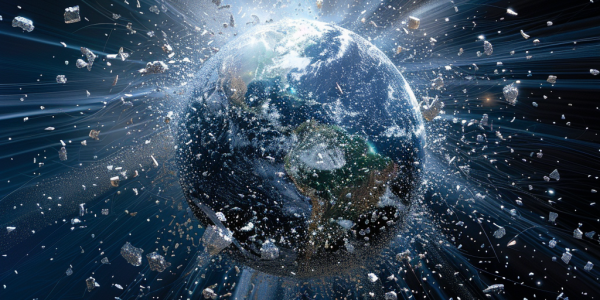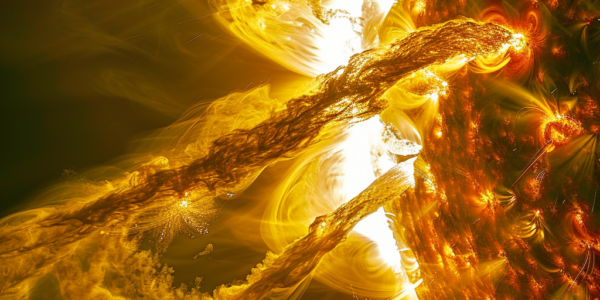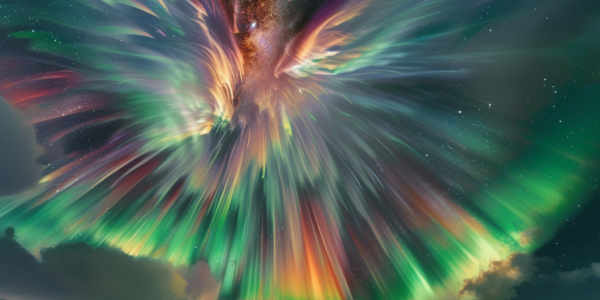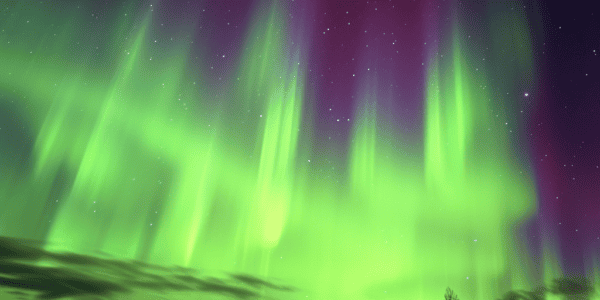Magnetic North Pole’s Unprecedented Shift Toward Siberia Raises Scientific Questions
The magnetic north pole has rapidly shifted towards Siberia, raising questions among scientists about its implications for navigation and geology. This article explores the causes of this movement, the role of Earth’s molten core, and the impact on global navigation systems. Discover the ongoing research and the significance of tracking this natural phenomenon.
Concerns Raised Over Impact of Satellite ‘Megaconstellations’ on Earth’s Magnetosphere
Ex-NASA physicist Dr. Sierra Solter-Hunt raises concerns about the impact of satellite ‘megaconstellations’ like Elon Musk’s Starlink on Earth’s magnetosphere. With SpaceX introducing wireless internet satellite debris into Earth’s atmosphere at an alarming rate, the accumulation of metal dust could distort or trap Earth’s magnetic field. Dr. Solter-Hunt warns of potential consequences like ‘atmospheric stripping’ and emphasizes the need for further research on the long-term effects of satellite deployment.
NASA Observes Strong Solar Flare from the Sun
The Sun emitted a strong solar flare, peaking at 4:56 p.m. ET on March 28, 2024. Solar flares can impact radio communications, electric power grids, navigation signals, and pose risks to spacecraft and astronauts. This flare is classified as an X1.1 flare, denoting the most intense flares. To see how such space weather may affect Earth, please visit NOAA’s Space Weather Prediction Center, the U.S. government’s official source for space weather forecasts, watches, warnings, and alerts.
Solar Storm Alert Issued After Significant Coronal Mass Ejection from Sun
A solar storm alert has been issued following a significant Coronal Mass Ejection (CME) from the Sun on March 17. The CME is expected to reach Earth on March 20, potentially triggering a geomagnetic storm. NASA’s Solar Dynamics Observatory detected the ‘Canyon of Fire’ eruption, prompting forecasters to issue the alert. The storm could lead to auroras in high latitudes, with the potential for equinox auroras due to the springtime Russell-McPherron effect.
Geomagnetic Storm Watch for Northern Lights Display
Geomagnetic Storm Watch in effect as vivid auroras could be on display this week NOAA detected a solar flare on Jan. 20 that will send charged particles towards the earth, interfering with Earth’s magnetic field, resulting in auroras. FOX Weather…





